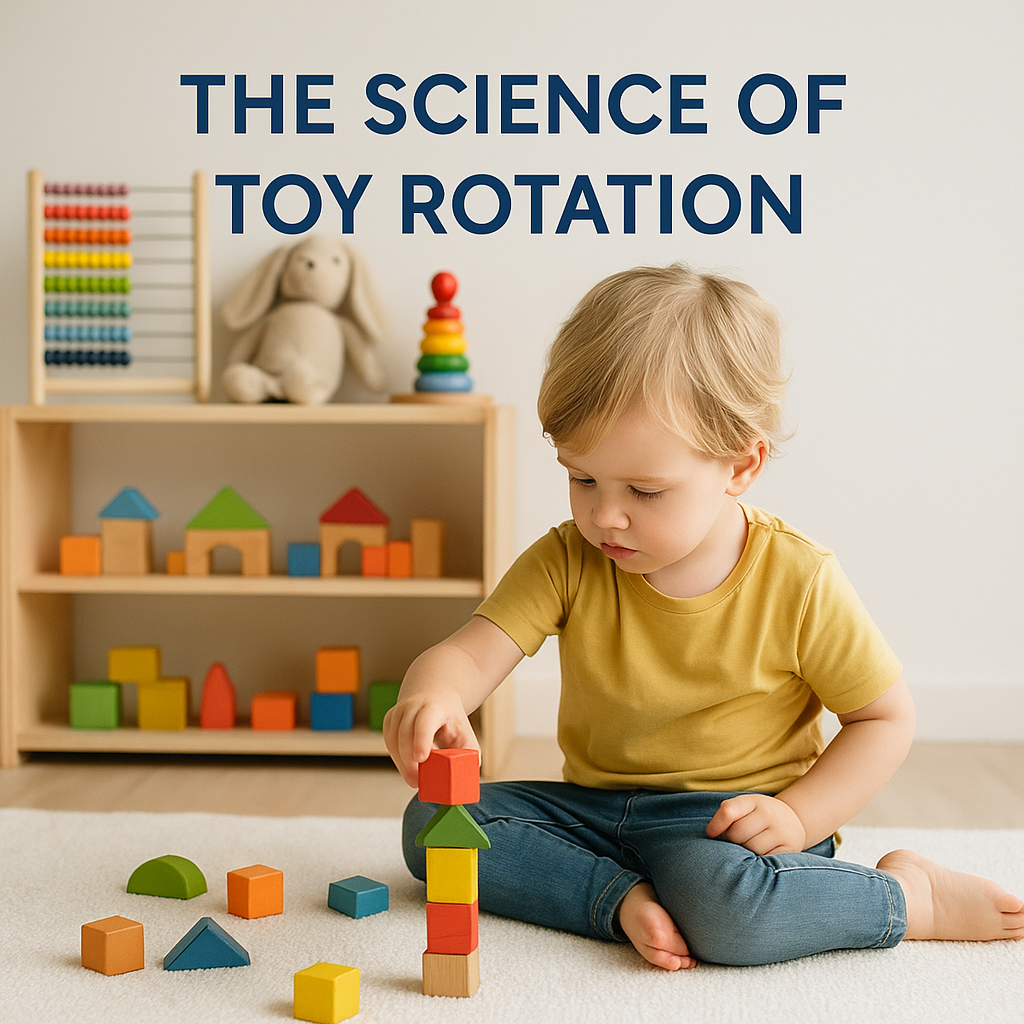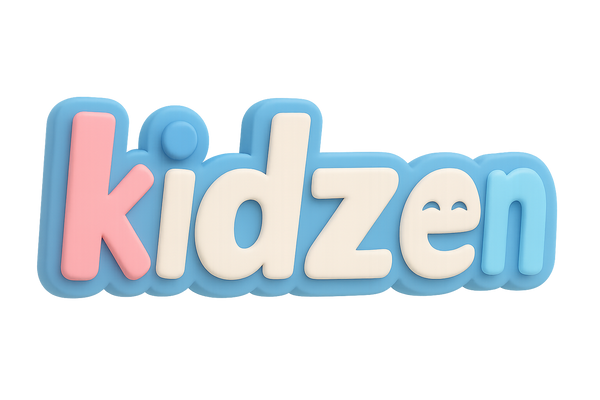
The Science of Toy Rotation: How Fewer Toys Spark Greater Creativity
Share
Modern playrooms are often overflowing with toys, yet many parents notice the same pattern: kids play with a few favorites while the rest gather dust. Enter toy rotation—the simple practice of putting some toys away and reintroducing them later. Science shows this approach can spark creativity, improve focus, and support healthy cognitive development.
🧠 Why Less Is More for the Developing Brain
When children are surrounded by too many toys, they can become overstimulated and have trouble focusing. A study published in Infant Behavior and Development (2018) found that toddlers given four toys played more creatively and for longer periods than those given sixteen toys (Dauch et al., 2018).
By limiting the number of options, toy rotation encourages:
-
Deeper engagement – Kids spend more time exploring each toy
-
Improved focus – Fewer distractions mean better attention span
-
Creative play – Limited resources push children to imagine new uses for familiar toys
🔄 How to Rotate Toys Effectively
-
Divide and Store – Split toys into 2–4 groups and store extras out of sight
-
Rotate Regularly – Swap toys every 1–2 weeks to maintain novelty
-
Mix Play Types – Include a balance of building toys, pretend play, and sensory items in each rotation
-
Involve Your Child – Let them help choose “what comes back,” boosting anticipation and ownership
🌱 Long-Term Benefits
Consistent toy rotation not only makes playrooms tidier but also enhances developmental outcomes. Engaging with a smaller selection supports executive function skills, problem-solving, and self-directed play, all of which are crucial for early learning success.
As research suggests, simplifying your child’s play environment can create richer, more meaningful play experiences—proving that sometimes, fewer toys lead to bigger imagination.
